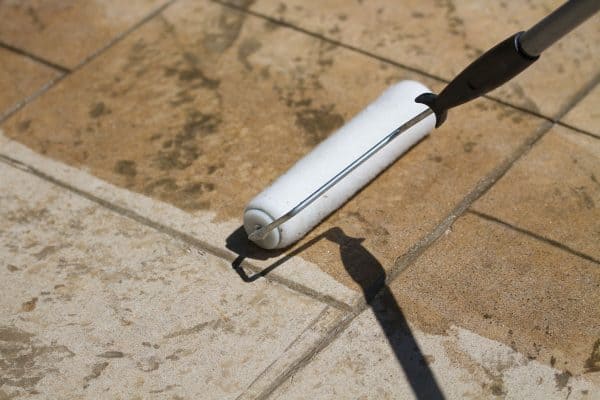Disclosure: We may get commissions for purchases made through links in this post.
Gravel is a type of stone that has been crushed into small pieces, typically 2-8 millimeters in size. These stones are then laid on the ground as a material for walkways, driveways, patios, and sometimes as the surface of some gardens. A common procedure for most outdoor surfaces is compacting, but is it necessary for gravel areas? We have conducted in-depth research and come up with a reliable answer.
Compacting gravel is a popular method for creating a stable surface for walking and driving. Gravel needs to be compacted to form a strong base that does not shift or break easily.
Compacted gravel is often mixed with a binder to make it stronger. It is used in many construction projects as a base for buildings or roads. The binder can be made from sand, cement, asphalt, or clay.
Gravel is a popular outdoor surface material used at most homes, but does compartment makes it stronger? Keep reading as we discuss the procedures for compacting gravel, including the necessary materials needed.
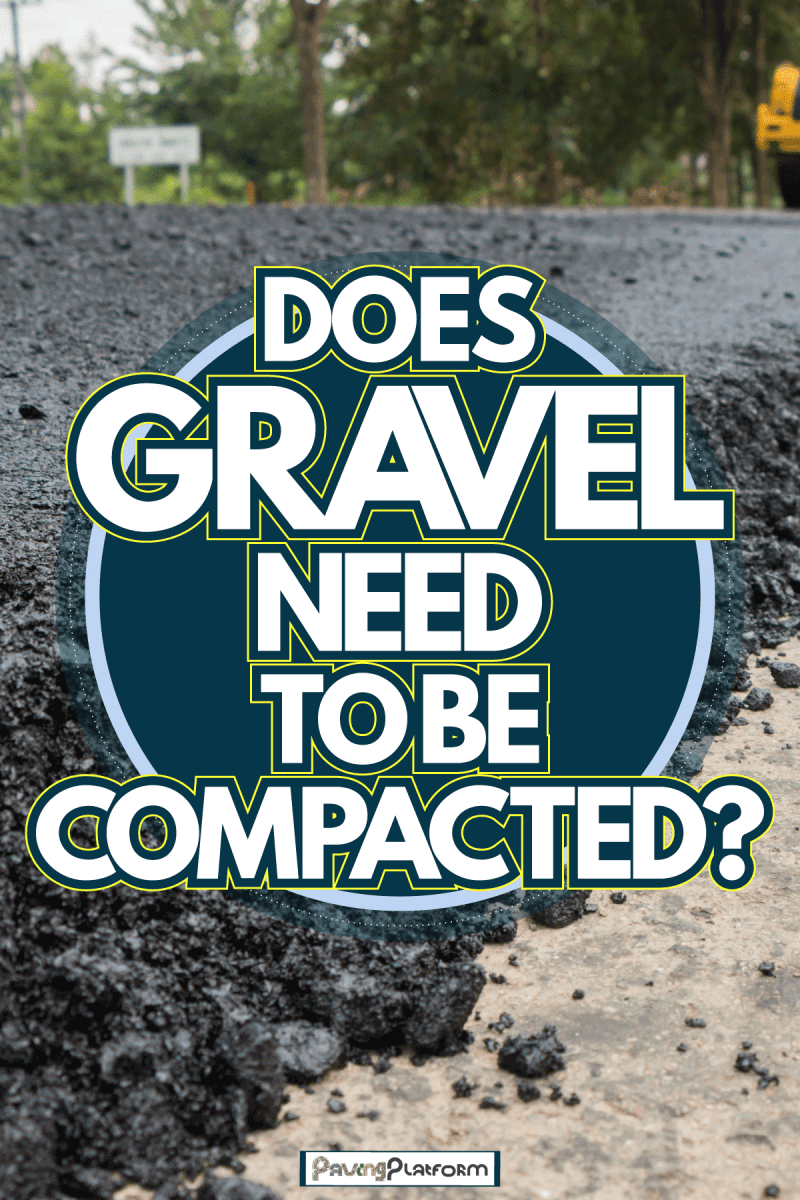
How to Construct a Compacted Gravel Driveway
A leveled driveway is essential for a safe and enjoyable surface. There are many steps involved in the process of construction and compaction.
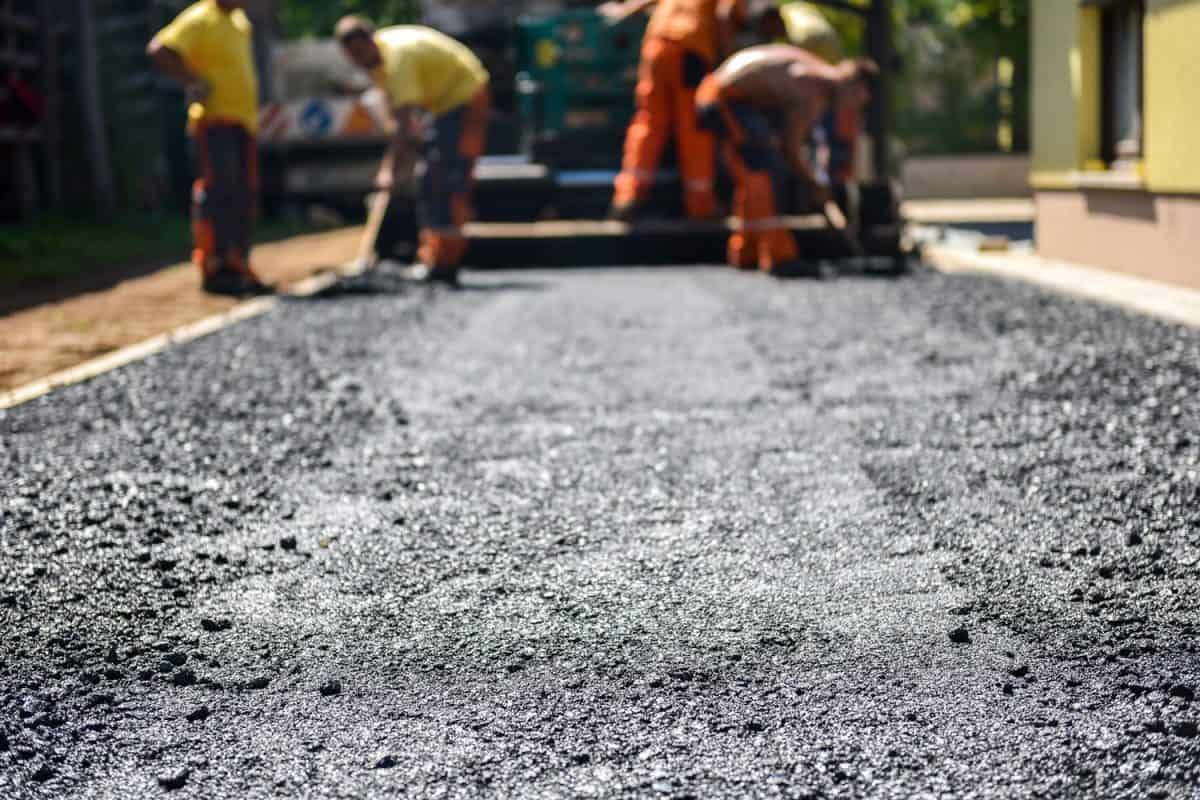
Step 1 - Excavation
Weeds and grass can be a nuisance to anyone trying to lay down a new surface. So it is best to remove any unwanted weeds or grass before adding gravel. This will ensure that they don't grow through the gravel and cause problems in the future. It is also important to remove any objects like large stones before starting.
Step 2 - Add Landscaping Fabric
Landscaping fabric is a thin, woven material that is laid over gravel. The fabric is made of polypropylene or polyester fibers and can be folded and laid over the gravel or stretched flat over the surface. The fabric features small holes that allow water to pass through but not weeds since it is blocked by the fabric’s weave.
See landscaping fabric on Amazon.
Landscaping fabrics are used for many other purposes apart from weed control, such as to prevent soil erosion or as ground cover for landscaping projects. It can also be used as an alternative for mulch or straw when those materials are unavailable.
Step 3 - Gravel Grading
Gravel grading is a technique that helps prevent the pooling of water, leading to erosion and potential foundation damage. The key to gravel grading is making sure the gravel slopes away from your home.
There are many benefits to grading, they include preventing the accumulation of water and debris. Grading also helps prevent the erosion of your foundation since water would flow away from it instead of towards it.
Step 4 - Compaction
Compacting gravel is vital for several reasons. First, it helps the gravel stay in place and not shift or scatter. Second, it helps to minimize the number of weeds that might grow in your gravel saving you the time spent on weed removal later on.
The best way to compact your gravel is with a tamping tool or roller. These tools are made specifically for this purpose and can be purchased at most home improvement stores.
The tamping tool is used by striking it with another object, such as a hammer or mallet, to drive the tamping rod into the ground. A roller is used by pressing it into the ground with some force to pack down any loose material on top of the soil's surface underneath.
Step 5 - Raking
The raking process is done to make sure that the gravel is evenly distributed. Raking also creates part for water to flow in case of heavy rain. A regular rake can be used for this task.
Rakes typically have two or three long, flat blades attached to a long handle and are used for gathering up leaves and other objects such as snow or hay.
Do You Wet Gravel Before Compacting?
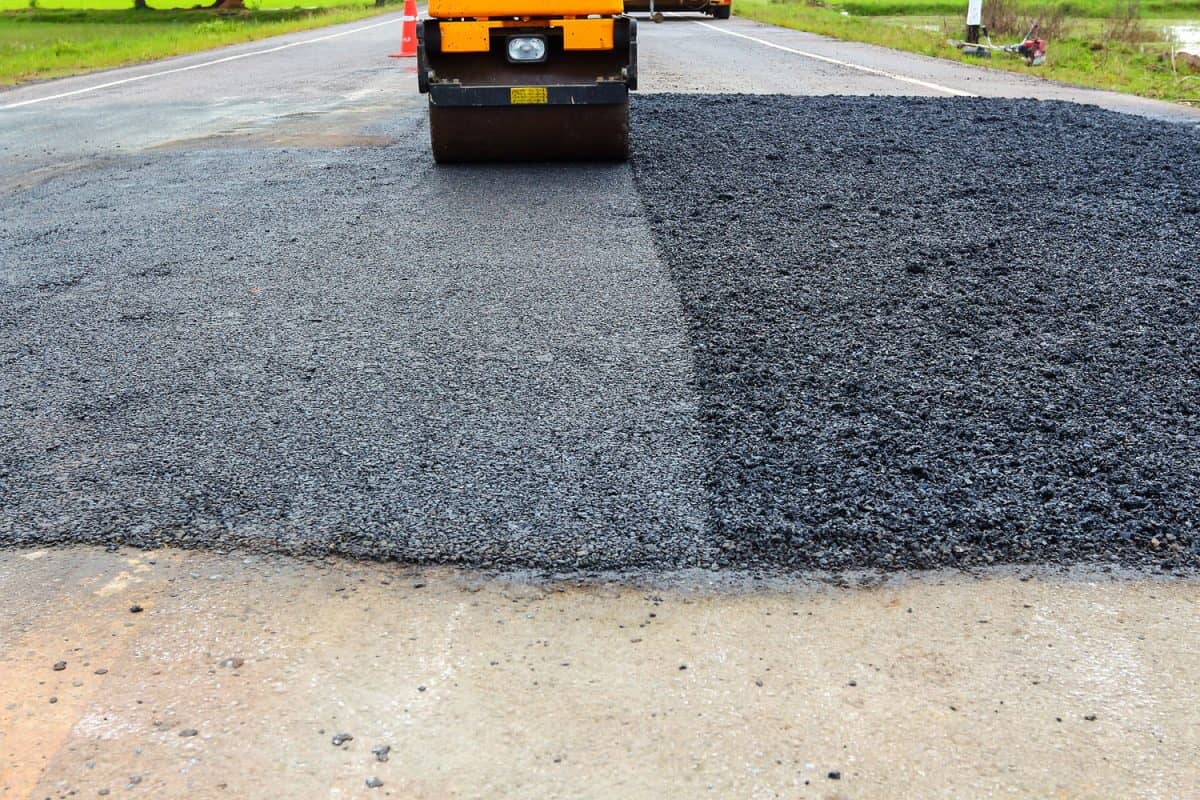
Gravel is used as a base for roads and other outdoor surfaces. Many people believe that wetting gravel before compacting is essential for a better finished surface. But this is not the case. Wetting gravel before compacting it will not make much difference, as you can compact dry gravel just as well.
The process of compacting the gravel can generate a lot of dust. And although wetting gravel does not directly affect compaction, it helps reduce the amount of dust generated by the process. This will also make it easier to work with. Avoid adding excess water, though, as this might cause a mess and reduce gravel hardness.
Tips To Note While Compacting Gravel
Avoid Over Compaction
Different factors can contribute to the breakage of soil. One such factor is over compacting gravel. Over-compaction leads to weak soil that disintegrates quickly.
This is because the gravel particles start to breakdown when overly pressed together. When this happens, there is not enough air between them which means that they cannot bind together properly causing weakness.
Avoid Under Compacting
Undercompaction is a common problem in gravel production. It can lead to uneven distribution of the gravel, leading to undesirable results at the end of your construction.
There are many reasons why gravel could not be compacted properly. One of them is the lack of the right equipment for the job. If you don't have a heavy-duty compactor with a large enough plate, you will likely have uneven gravel distribution, leading to problems with drainage and other issues.
The other reason for under-compaction could be that too much gravel was used in one area, leading to an excess of loose material.
Choose The Right Equipment
Compacting gravel is a process used to make the surface of the gravel more stable and flat. This is done by using equipment that compresses the surface of the gravel. The first step to compacting gravel is choosing the right equipment. You want to make sure that you are using a machine with the right weight and size and the right compacting strength.
Different types of equipment can be used for this process, including rollers, vibratory rollers, and plate compactors. It is essential to choose the right equipment to get a properly compacted surface.
Types of Gravel Compacting Equipments
Tamper
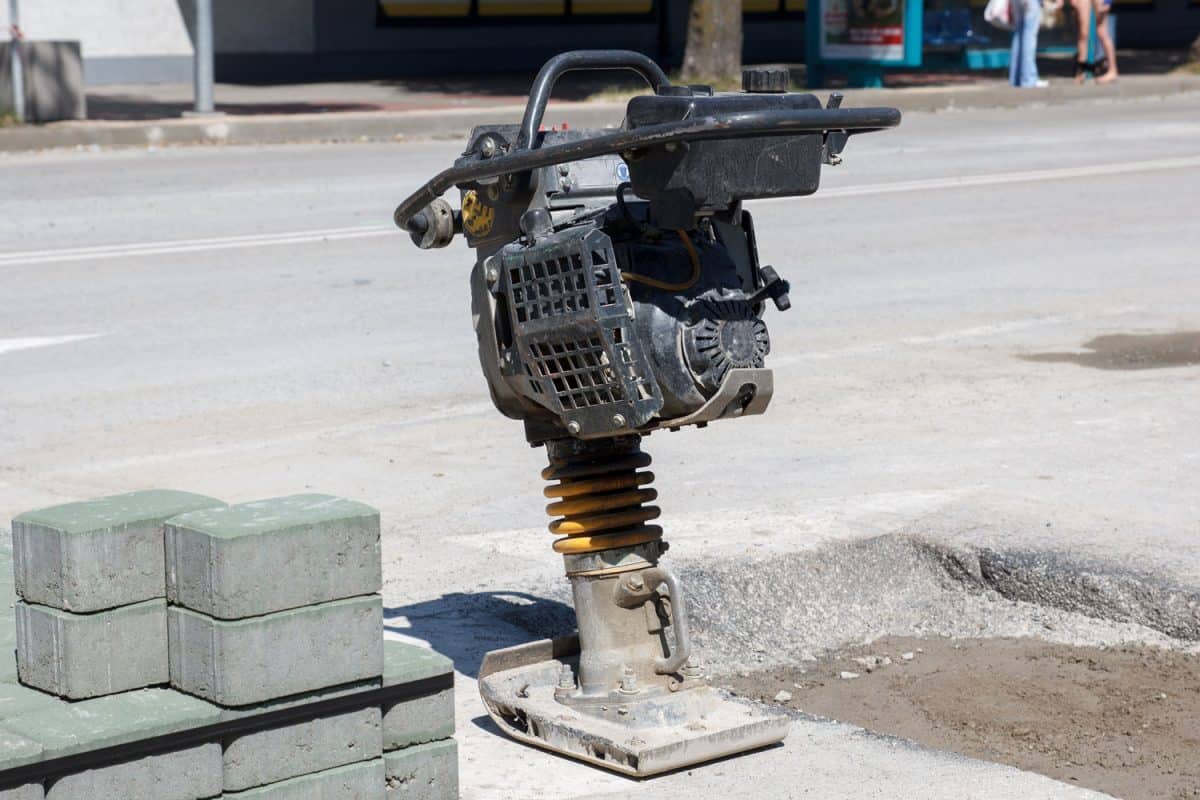
A tamper is a device used in the construction industry and other industries that require compacting of materials such as sand, soil, and gravel. It can either be operated manually or with an engine for bigger constructions. The tamper compresses the material by applying pressure using a heavy plate or drum.
A tamper is usually made up of a frame with a heavy plate attached to it. The frame also has an axle that can be rotated by an engine or manually operated with handles. This axle rotates the piston up and down to compress the material under its plate.
Rammer
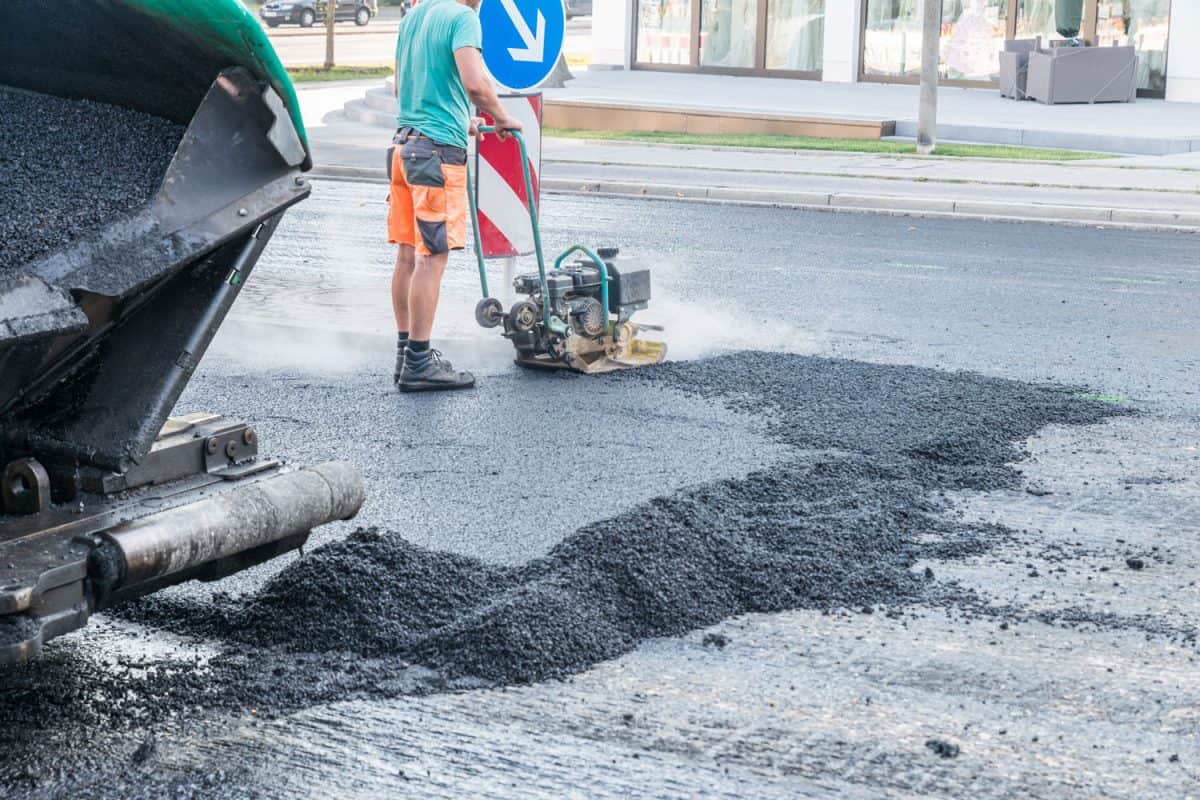
Compaction of gravel can also be done by using a rammer. A rammer compresses the gravel and makes sure it is dense and sticks together. It is lightweight and has a long handle, making it easy to use.
The rammer’s head has a series of spikes designed to break up the gravel. When the rammer is pushed into the ground, it compacts the material against its spikes and breaks it into smaller pieces.
Plate Compactor
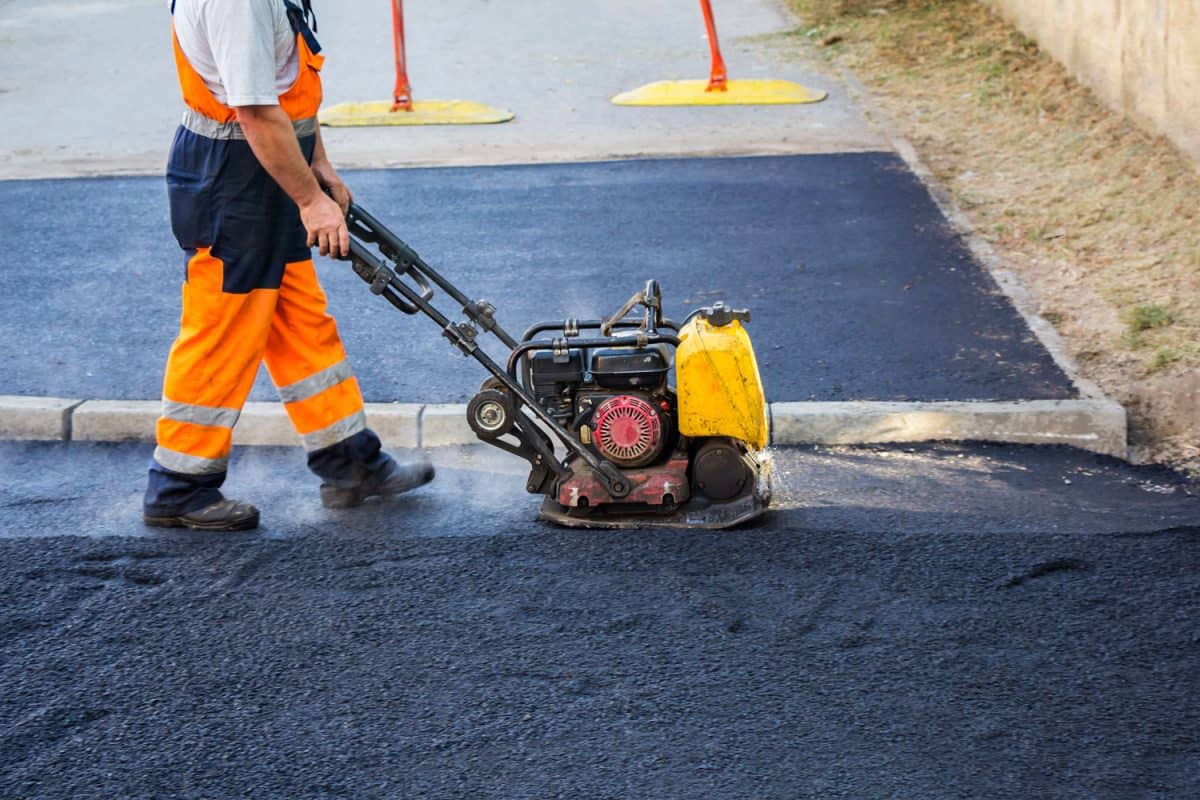
A plate compactor is a construction machine used to compact materials such as gravel, sand, concrete, and soil. It can be used to produce a leveled surface faster than using a manual tamper.
The plate compactor has a steel plate with teeth on one side, and the other side is flat. The teeth are used to compact the material, while the flat side is used for leveling it. It can also be equipped with an additional hydraulic ram that helps level the material.
When used correctly, it can produce a leveled gravel surface faster than a manual tamper.
Rollers
A roller compactor is a machine that is used to compact gravel. It is often used during the construction of bigger projects like roads. For simple home gravel surfaces, you can opt for other types of compactor tools. The machine can be powered by petrol, diesel, or electric motors and it can vary in size depending on the specific project.
The roller compactor works by rolling over the gravel to make it more solid and flat. This process makes the area where the gravel is being laid more stable and less likely to shift due to foot or car traffic.
In Conclusion
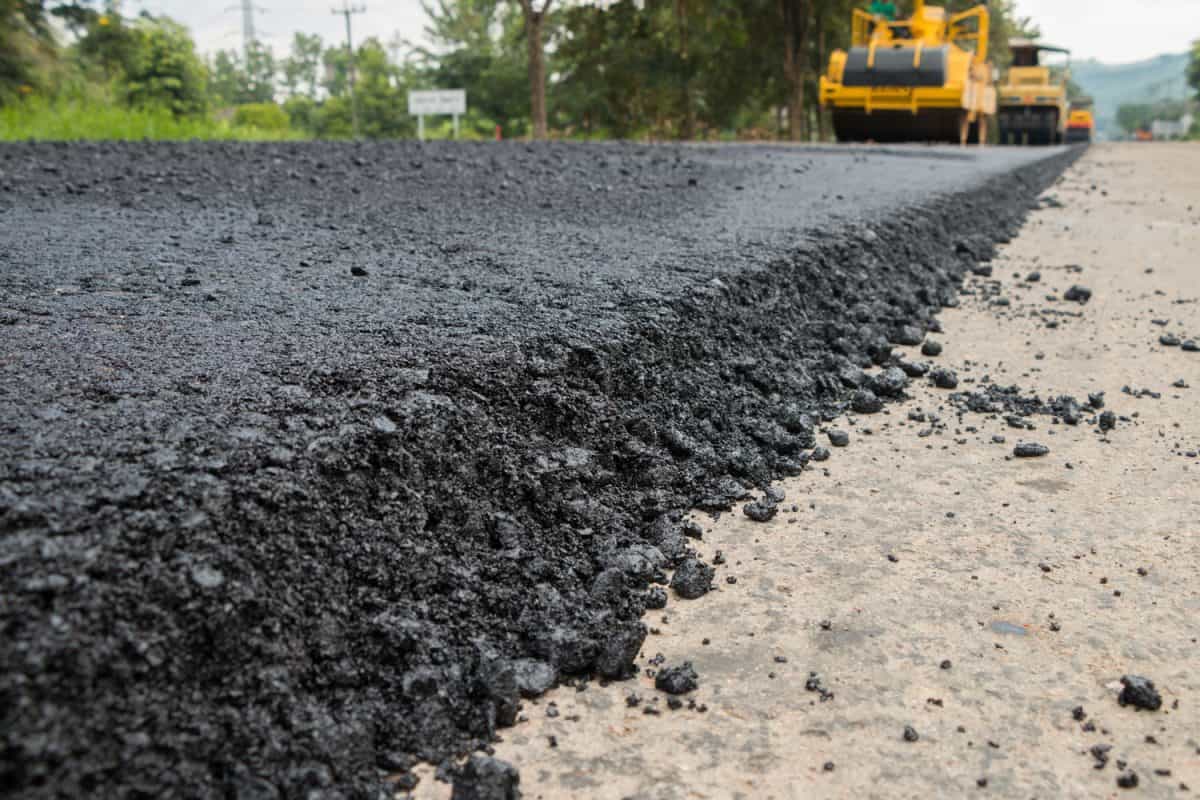
Gravel is a crucial part of any construction project. It is used to fill low-lying areas and create walkways and pathways. However, the gravel must be properly compacted with the right equipment so that it does not move over time. If the gravel is not compacted properly, the result can be uneven and unsightly.
If you enjoyed reading this article, you would also like these two related articles about gravel:
Gravel Vs. Pebble: What's The Difference [And When To Use Each]



![Vibrant Red Paver Stone Path, Can You Spray Paver Sealer? [How To Apply It]](https://pavingplatform.com/wp-content/uploads/2022/04/Vibrant-Red-Paver-Stone-Path-600x400.jpg)
![Properly laid out red pavers for a garden, Can You Tint Paver Sealer? [And How To]](https://pavingplatform.com/wp-content/uploads/2022/04/Properly-laid-out-red-pavers-for-a-garden-600x400.jpg)
